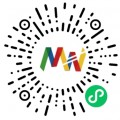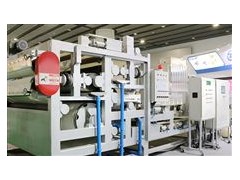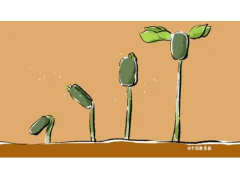News:This is the combination of knife and fire, paper and ink, from engraving to movable type, from single color to multi-color, the beauty of carving, the fragrance of ink, and the charm of binding are all blooming because of it. It is known as the "Mother of Civilization".
It has changed the inefficient way of transmission of civilization in the past that could only rely on oral instruction and transcription. It not only turned the fire of thought into tens of millions in the land of China, but also stirred up a wave of cultural popularization and social progress around the world.
It is printing, one of the "four great inventions" in ancient China .
As a world-famous ancient civilization, my country has a relatively complete system of writing as early as the Shang Dynasty. The emergence of writing has enabled the extensive and profound Chinese traditional culture created by our ancestors to be "passed on in different places and kept in different times". However, for a long period of history, cultural dissemination relied on "inscribed on gold and stone, engraved on bamboo slips, and written on paper and silk". This method of dissemination is time-consuming, troublesome, and easy to dissipate.
With the enhancement of human beings' ability to transform and conquer nature, and with the actual needs of "studying the relationship between heaven and man", especially after the rise of the imperial examination system in the Sui and Tang Dynasties, scholars need to study a large number of classics carefully for career advancement, so the birth of A new means of communication - engraving and printing .
"The woodblock printing that started during the Sui and Tang Dynasties in China is the earliest printing technique for human beings. The method is to carve Yangwen reverse characters on wooden boards, and then get printed products through ink painting, paper laying, and printing. Its appearance is obvious. Inspired by rubbings of steles." In front of the "treasures of the town hall" of the China Printing Museum, the librarian Gao Fei told reporters about the countless "highlight moments" in the history of printing.
In 824, Yuan Zhen wrote in the preface to Bai Juyi's collection of poems: "As for the copying of molds, those who show off and sell them in the market, or hold them for wine and tea, are everywhere." In the Song Dynasty, woodblock printing reached its peak. In addition to monochrome printing, woodblock watermarking, a color engraving printing technique that integrates painting, engraving and printing, has also appeared. In 1900, a beautifully printed "Diamond Sutra" was discovered in the Thousand Buddha Caves in Dunhuang, with the inscription "April 15th, the ninth year of Xiantong" (868 AD) at the end. It is the earliest surviving printed matter in the world.
Although woodblock printing has brought a leap forward in cultural dissemination, its disadvantages, such as time-consuming and material-consuming production, inconvenient storage of book editions, and difficulty in correcting typos, have gradually emerged. During the Qingli period of the Northern Song Dynasty, Bi Sheng invented movable type printing, which solved these problems easily. "Different from the whole engraving block, movable type printing uses single-character reverse-type molds. According to the printing content, the single characters are arranged in the corresponding type plate and printed with ink. Not only can it be adjusted and modified at any time, but the type molds can also be reused. Bi Sheng This invention in the 11th century is more than 400 years ahead of the West, and it is known as the "first revolution in Chinese character printing technology." Gao Fei pointed to a set of small movable type in the museum showcase, which was shaped like a seal, and told the reporter in detail Talk about principles.
Inspired by Chinese movable type printing, in the middle of the 15th century, German Gutenberg invented mechanical printing with movable lead type, which spread to Europe and the world on the back of the industrial revolution, accelerated the development of European society and created conditions for the Renaissance.
In the early 19th century, especially after the Opium War, a large number of western modern printing equipment entered China. After the founding of new China, our country established a complete printing industry system. However, in the 1970s and 1980s, the distance between China’s printing industry and the world suddenly widened—with the advent of the computer age, Western alphabetic characters could be easily coded, stored, and printed out, but Chinese characters encountered difficulties due to their large number and complex fonts. World class puzzles...
How to input thousands of megabytes of Chinese character information into a computer with a storage capacity of less than 7 megabytes? Many scholars have tried, but all failed. Some foreign experts even asserted that the computer age will be the end of Chinese characters.







